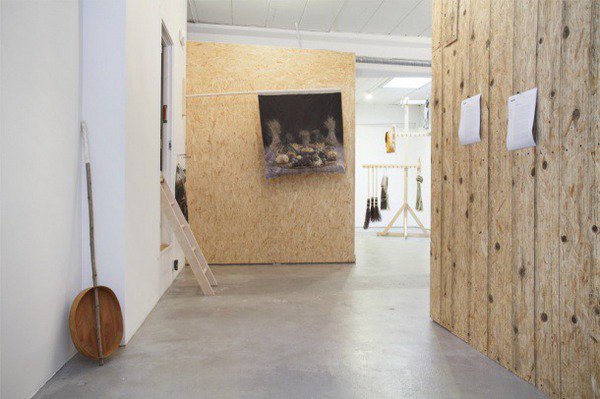Allison Smith
dal 17/9/2015 al 7/11/2015
Segnalato da
17/9/2015
Allison Smith
Signal - Center for Contemporary Art, Malmo
The Fort. Her work sheds light on objects and spaces of historical reenactment

A sconce is a centuries-old term for a type of fortification assembled as a base for defense operations primarily in Northern Europe. Mostly signifying a covering or protection, sconce is an interesting word of many meanings including a kind of candlestick, a fine, and a scull. Founded on the idea that historical events gain meaning and relevance when performed live in an open-air, interactive setting, living history as a form of history-making "institution", as well as a form of entertainment and tourism, parallels the rise of 20th Century modernism. The world's first open-air living history museum was founded in Sweden in 1891. Its name: Skansen (The Fort). Allison Smith's work is carved from a fascination and investigation into the cultural phenomenon of historical reenactment. Combining sculpture, photography, textiles, and traditional craft, this new body of work sheds light on objects and spaces of historical reenactment as props and sets for the performance of fundamentalist nationalisms in Sweden and the U.S. While the apparent task of living history museums is to resuscitate the past by performing, as accurately as possible, everyday activities such as sewing, weaving, basket and rope making, metal- and woodworking, as well as the art of warfare, Allison Smith's research-based projects question the underlying impulses - perverse, economic, and haunting - that drive history-in-the making as a form of knowing. Opening Friday 18 September 7-9pm.



